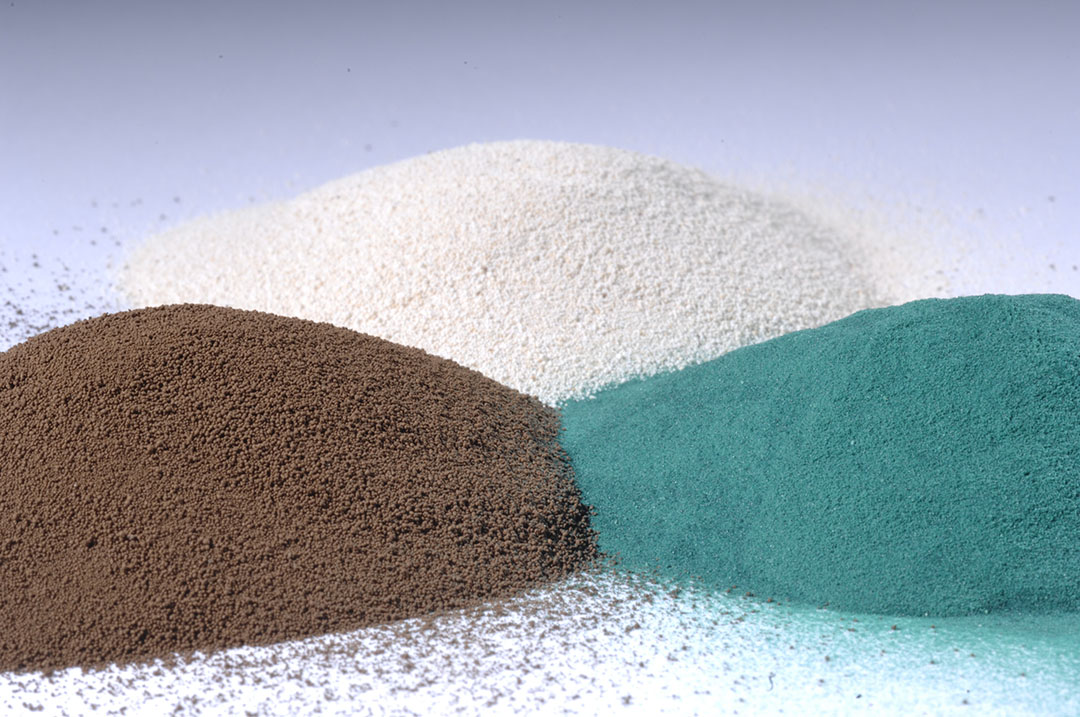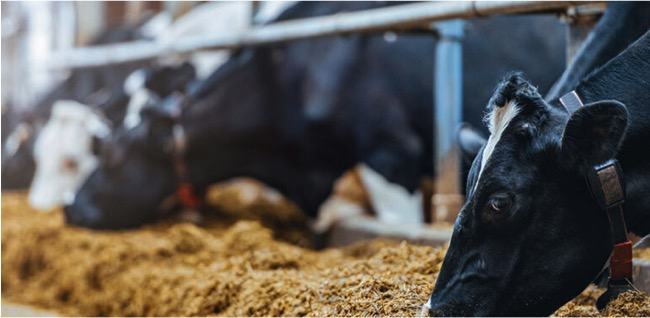Dairy farmers are increasingly challenged by consumers, processors, and regulators to reduce the carbon footprint of dairy farming. Targets to reduce enteric methane emissions (carbon footprint) are typically in the order of 25-30%, prompting milk producers to seek strategies for reducing their herds’ methane emissions while maintaining an acceptable level of profitability.
With these challenges in mind, efficiency must be prioritised at every link in the supply chain, beginning with the farm. One effective strategy to consider is the use of an independently verified feed additive to assist with the reduction of the cow’s carbon footprint.
Nutritional strategies
Nutritional strategies to reduce the cow’s carbon footprint can act directly or indirectly within the cow, while presenting different economic considerations for producers. Considering direct nutritional strategies, there is a group of feed additives available that exert a direct effect on methane emissions via their ability to directly influence fermentation processes in the rumen. While such feed additives have the proven ability to reduce the cow’s carbon footprint by more than 12-15%, they do not appear to increase milk production. As such, direct-effect interventions to reduce the cow’s carbon footprint via a feed additive may increase the cost per kg of milk produced on the farm.
In contrast, feed additives that function indirectly focus first on improving the productivity/efficiency of the dairy cow. By increasing energy-corrected milk production while not increasing the cow’s carbon footprint, the cow is able to significantly reduce its carbon footprint per kg of energy-corrected milk.

Indirect strategies to reduce the cow’s carbon footprint do not typically increase the cost per kg of milk produced on the farm. Trace minerals provide a good example. As essential nutrients, zinc, manganese, and copper must be included in the ration to support cow productivity and longevity. Replacing a sulphate trace mineral source with Selko IntelliBond – an effective trace mineral source proven via multiple studies to optimise cow productivity and well-being – offers the potential to reduce the cost per kg of energy-corrected milk produced while also assisting with the reduction of the cow’s carbon footprint. Multiple studies have shown that this trace mineral source can support optimised fibre digestibility and improved milk production.
Reducing emissions while preserving economics
Given the increasing pressure that dairy producers are under to lower the carbon footprint of dairy farming, replacing sulphate trace minerals in the ration with Selko IntelliBond offers a practical and cost-effective indirect strategy for meeting lactating cows’ essential trace mineral needs, while reducing the carbon footprint of dairy farming.
Independent ISO (14040 /14044) verification of any feed additive (direct or indirect) claiming to reduce the cow’s carbon footprint is an absolute necessity. A dossier of 5 independent studies was submitted to an ISO-compliant reviewer for verification. The review evaluated the impact of replacing sulphate trace minerals with Selko IntelliBond trace minerals on the cow’s carbon footprint per kg of energy-corrected milk.COWS AND CLIMATE | From the environment and emissions to welfare and feed. Many factors play an important role in how to better manage dairy cows in order to farm sustainably. Here we look at everything from ammonia to carbon emissions and methane.
The review resulted in an independent verification confirming a reduction of a cow’s carbon footprint by up to 2% via an ISO compliant model. The verification makes the product the world’s first trace mineral source verified via an ISO-compliant review to assist with the reduction of cow’s carbon footprint per kg of energy-corrected milk.
Meeting the carbon footprint reduction targets established by authorities and regulatory bodies without raising production costs is challenging. Achieving these targets will require more than switching the source of trace minerals, although this is a positive and cost-effective step toward lowering carbon emissions.
An integrated approach combining improvements in nutrition, cow management, cow comfort, cropping systems and manure management must be part of the solution. Collectively, these approaches can help dairy farms meet challenging targets for reducing methane emissions, while supporting the herd and preserving the economics of dairy production.
Source : Dairy Global July 7th 2023

